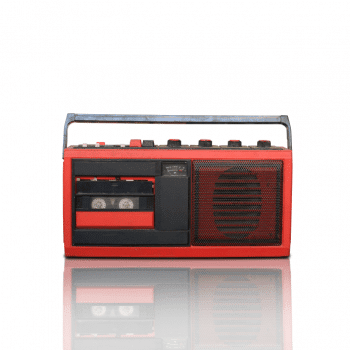Mixing Through Cassette

The long time argument against digital recording is that the “warmth” of the analog medium is lost. The reason for the sound difference between the two is the process of sampling in digital music. Though it’s theoretically imperceivable, the spaces between bits are said to cause the loss of the warmth that analog offers.
While the digital medium can have it’s own advantages, like better detail and resolution, many producers have employed various methods, like incorporating analog formats into their production workflows, to recover the lost warmth of recording to tape. Among those analog formats, audio cassettes have found a niche among lo-fi musicians. Here are some tips on how and when to use cassettes in your mix.
When NOT to use cassette
Cassette is a consumer-grade medium. It’s made as much for durability as fidelity. It’s by no means a professional mastering medium. If you want the punchiness, warmth and saturation of tape, spring for a reel to reel. Or, save your money and get a tape-emulator plug-in. An analog summing mixer is also a good option. Cassette simply won't be able to deliver the full sound you're looking for.
When to use cassette
That being said, using a cassette deck as an insert in your mix can be a cool way to add a lo-fi effect. You can get a fuzzy hiss noise and thinned out sound from cassette, which can add character to a track.
The best way to run a cassette insert would be using a three-head deck. (Most likely you'll have to find one used.) It's also good to get a well-maintained high-end model, as that can reduce the amount of drifting--the slight variations in the playback speed of the tape. If you're going to run only part of your mix, like background vocals, through a cassette you have to be mindful that it may cause that part to go slightly out of phase.
While there’s no right or wrong way in recording, there’s common sense. It's always good to experiment with different recording techniques to get new sound colors. But, if you're looking to obtain a classic analog sound, don't expect your dad's stereo to do the trick when a plug-in will work better.




